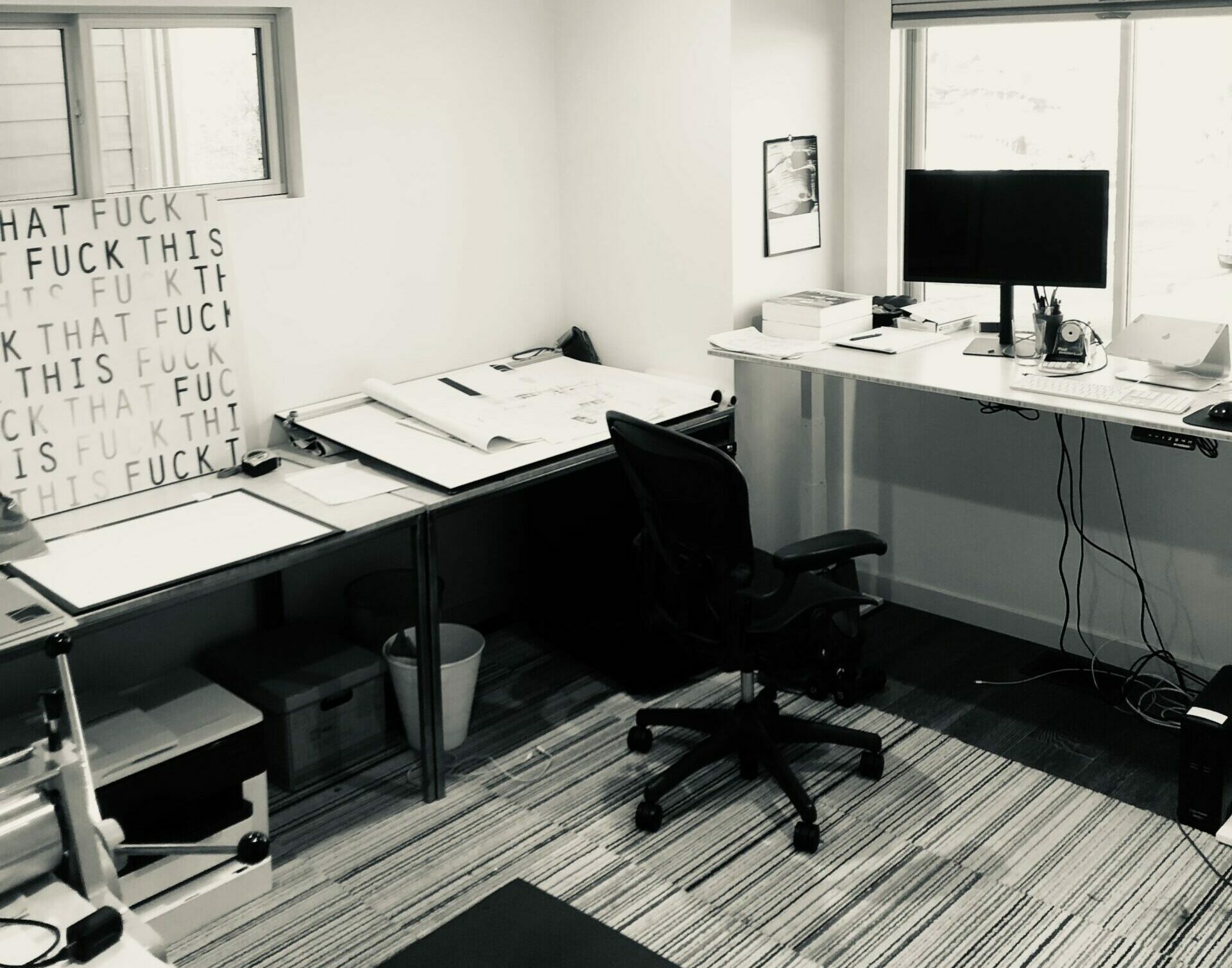Land+Shelter has always allowed for remote work, but since March 2020, it’s been happening at a different scale. At first I thought the architecture studio would be lost without pin-up walls and shared office space. But it’s actually been working well, and it’s been eye opening. It got me thinking about an essential HR challenge that we’ve faced over the years: finding local talent. Could remote employees be the answer?
I’m drawing the conclusion that folks need to be creative when hiring in this rural, expensive valley. So I made an adjustment to my mindset and recently published an employment advertisement with the option to work remotely – indefinitely. I was skeptical when I placed the ad, and I managed the hiring process with a strong local preference. Even with that bias going into my hiring process, the wealth of talented candidates was a game changer to my thinking.
It’s not an obvious choice despite the apparent talent. L+S needs people to be here locally for practical reasons like site visits and field measurements, and esoteric reasons like designing architecture that responds to the meaning of a place. And then there’s just a firm business development question: How can we grow and develop relationships with less boots on the ground locally? The concern that haunts me the most is the idea of a design studio. The studio work environment is a sacrosanct part of architecture. I hold onto the idea that architects pool creative energy in a room and that fires a kind of magic in each one individually, which in turn comes back into the room. Yet now I am an architect saying we can create that energy without the physical space to bound and amplify it. This is either irony or it’s at least irony-adjacent. In hiring nonlocal talent, I’m making room for the idea that shared physical space matters less than I thought.
We need local employees in the same way we need people who are incredible at sketching, detailing, mentoring, software, etc. All of these skills and traits make a team and they are rarely possessed by one person. Knowing just how much of a certain trait we need is always tricky. Having added “local” to this mixture of desirable traits, now I’m thinking in terms of percentage of the office that works locally. And the critical question: Can we build in the right amount of collaboration over remote distances if we’re doing it with more and more consciousness?
Here’s my answer: Yes.


